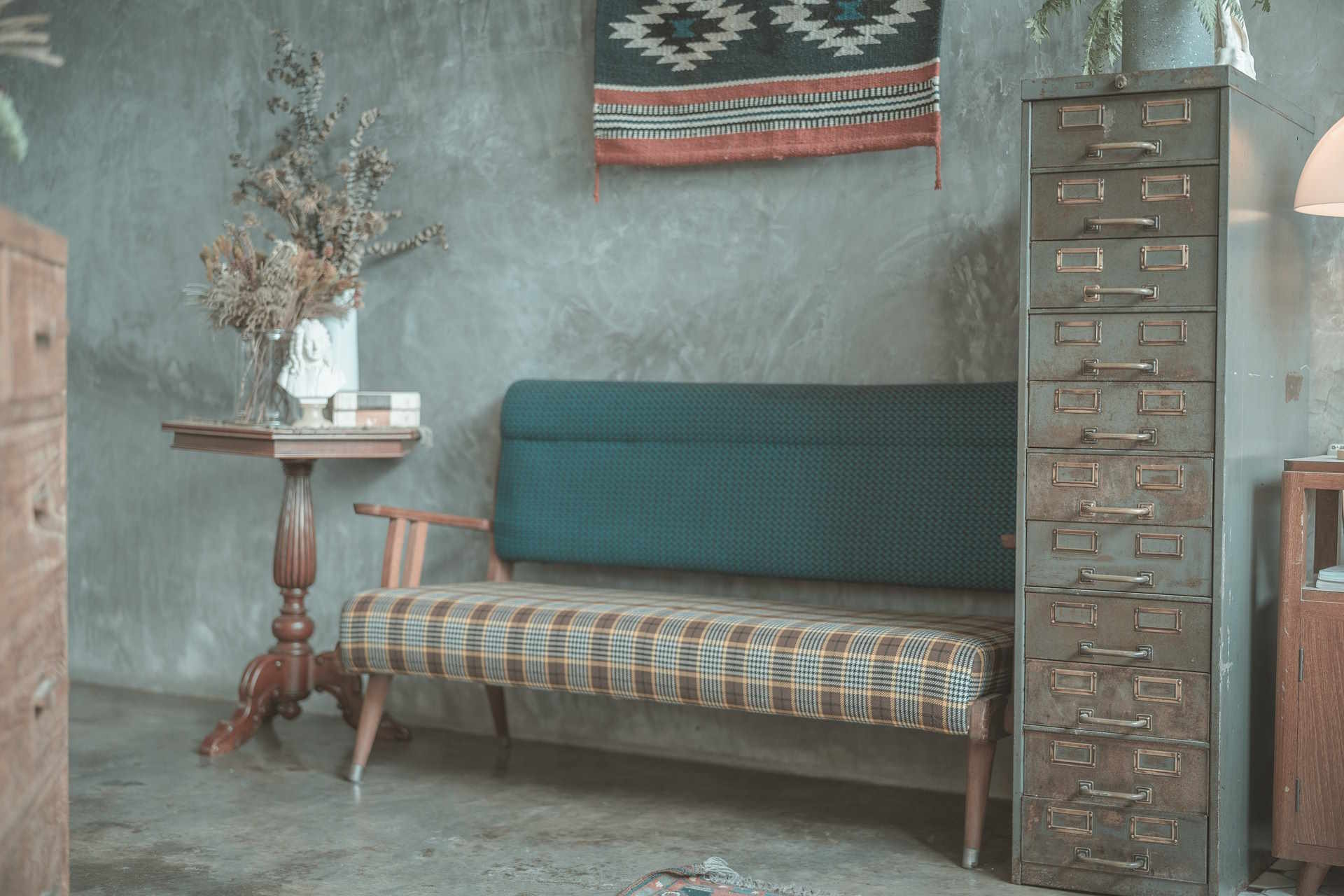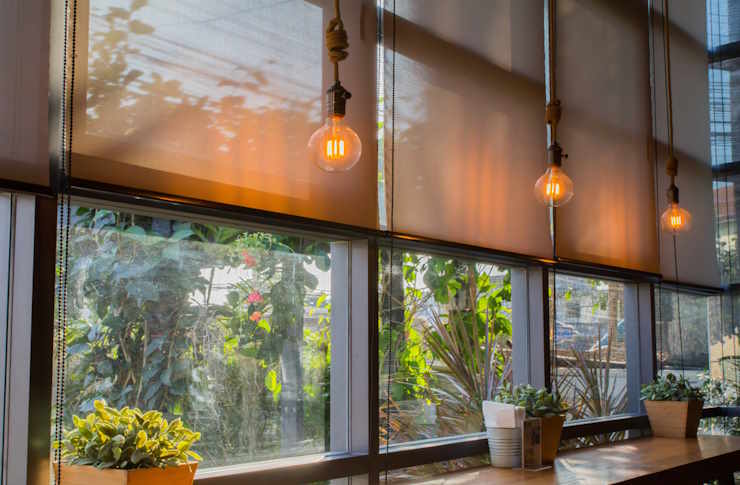Wabi-Sabi Interiors: Embracing Imperfection in American Home Design
The gentle art of wabi-sabi, a Japanese aesthetic philosophy celebrating imperfection and transience, is making waves in American interior design. This centuries-old concept is finding new life in modern homes, offering a refreshing counterpoint to the polished perfection often sought in contemporary decor. As we explore the nuances of wabi-sabi interiors, we'll discover how this ancient wisdom is reshaping our approach to creating harmonious living spaces that honor the beauty of imperfection and the passage of time.

This design philosophy stands in stark contrast to the sleek, mass-produced interiors that have dominated American homes for decades. Instead, wabi-sabi celebrates the marks of age, the patina of use, and the quiet dignity of natural materials. It’s about creating spaces that feel genuine and soulful, rather than staged or artificial.
Key Elements of Wabi-Sabi Interiors
To incorporate wabi-sabi into your home, focus on natural materials, muted colors, and objects with history and character. Opt for handmade ceramics with visible imperfections, weathered wood furniture, and textiles with subtle variations in texture and color. The goal is to create a space that feels authentic and evolving, rather than static and perfect.
Lighting plays a crucial role in wabi-sabi interiors. Soft, diffused light is preferred over harsh, direct illumination. Consider using paper lanterns, candles, or strategically placed lamps to create a warm, inviting atmosphere that highlights the subtle textures and imperfections of your space.
The Art of Curating Imperfection
One of the most challenging aspects of wabi-sabi design is learning to curate imperfection thoughtfully. This doesn’t mean allowing your home to fall into disrepair or clutter. Instead, it’s about selecting pieces that tell a story, that bear the marks of time and use in a way that adds character to your space.
Consider incorporating items like a cracked but beloved ceramic bowl, a wooden table with visible knots and grain, or a slightly faded but cherished family photograph. These elements add depth and personality to your home, creating a space that feels truly lived-in and loved.
Wabi-Sabi and Sustainability
The wabi-sabi philosophy aligns beautifully with modern sustainability efforts. By valuing items that age gracefully and can be repaired or repurposed, wabi-sabi encourages a move away from disposable, trend-driven consumerism. This approach not only creates more meaningful interiors but also supports a more environmentally conscious lifestyle.
Consider investing in high-quality, natural materials that will develop a beautiful patina over time. Look for furniture and decor items that can be easily repaired or refinished, extending their lifespan and reducing waste. By embracing the wabi-sabi mindset, you’re not just creating a beautiful home; you’re also making choices that benefit the planet.
Balancing Wabi-Sabi with Modern American Aesthetics
While wabi-sabi has its roots in Japanese culture, it can be seamlessly integrated into modern American homes. The key is to find a balance that feels authentic to your personal style and the architecture of your space. You don’t need to completely overhaul your home to incorporate wabi-sabi elements; even small touches can make a significant impact.
For example, in a contemporary kitchen, you might introduce wabi-sabi through handmade ceramic dishes displayed on open shelving, or a reclaimed wood island that contrasts with sleek appliances. In a living room, a perfectly imperfect vintage rug can add warmth and character to an otherwise modern space.
The Psychological Benefits of Wabi-Sabi Interiors
Beyond aesthetics, wabi-sabi interiors can have profound psychological benefits. In a world that often demands perfection, a home that embraces imperfection can be a powerful antidote to stress and anxiety. Wabi-sabi spaces encourage mindfulness, inviting us to slow down and appreciate the subtle beauty in our everyday surroundings.
Research has shown that environments that feel authentic and connected to nature can significantly reduce stress levels and improve overall well-being. By creating a home that honors the wabi-sabi principles, you’re not just designing a beautiful space; you’re cultivating an environment that supports mental and emotional health.
Wabi-Sabi in Different Rooms
Each room in your home offers unique opportunities to incorporate wabi-sabi principles. In the bedroom, consider natural linen bedding with subtle wrinkles, or a handcrafted wooden headboard. The bathroom can feature stone sinks or reclaimed wood vanities. In the dining room, mix and match vintage chairs around a table made from salvaged materials.
The key is to approach each space with intention, selecting items that not only serve a purpose but also contribute to the overall feeling of authenticity and tranquility that wabi-sabi embodies.
The Future of Wabi-Sabi in American Design
As more Americans seek alternatives to the polished perfection of mainstream design, wabi-sabi is poised to play an increasingly important role in shaping our homes. This philosophy offers a refreshing perspective that aligns with growing interests in sustainability, mindfulness, and authentic living.
Designers and homeowners alike are finding creative ways to incorporate wabi-sabi principles into diverse architectural styles, from urban lofts to suburban homes. As this trend evolves, we can expect to see more innovative interpretations of wabi-sabi that blend Japanese aesthetics with distinctly American sensibilities.
In embracing wabi-sabi, we’re not just adopting a design trend; we’re shifting our perspective on what makes a home beautiful and meaningful. It’s a celebration of the stories our spaces tell, the marks of time and use that make our environments uniquely ours. As we move forward, the gentle wisdom of wabi-sabi offers a path to creating homes that are not just visually appealing, but deeply resonant and nurturing to the soul.





